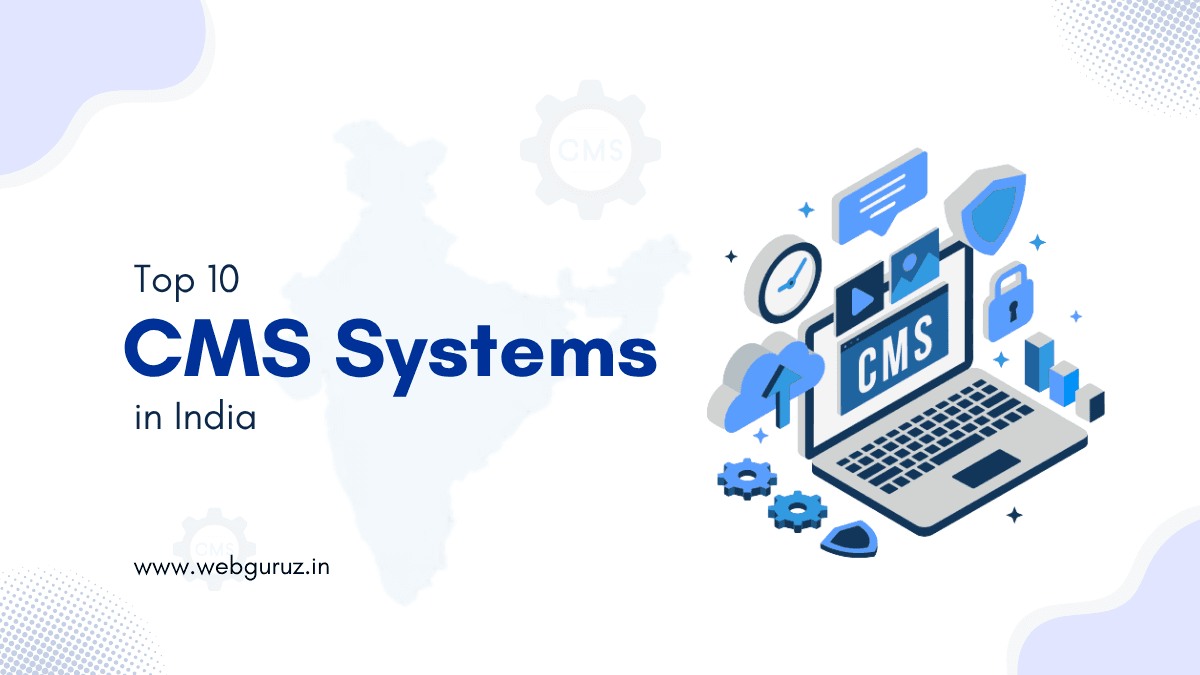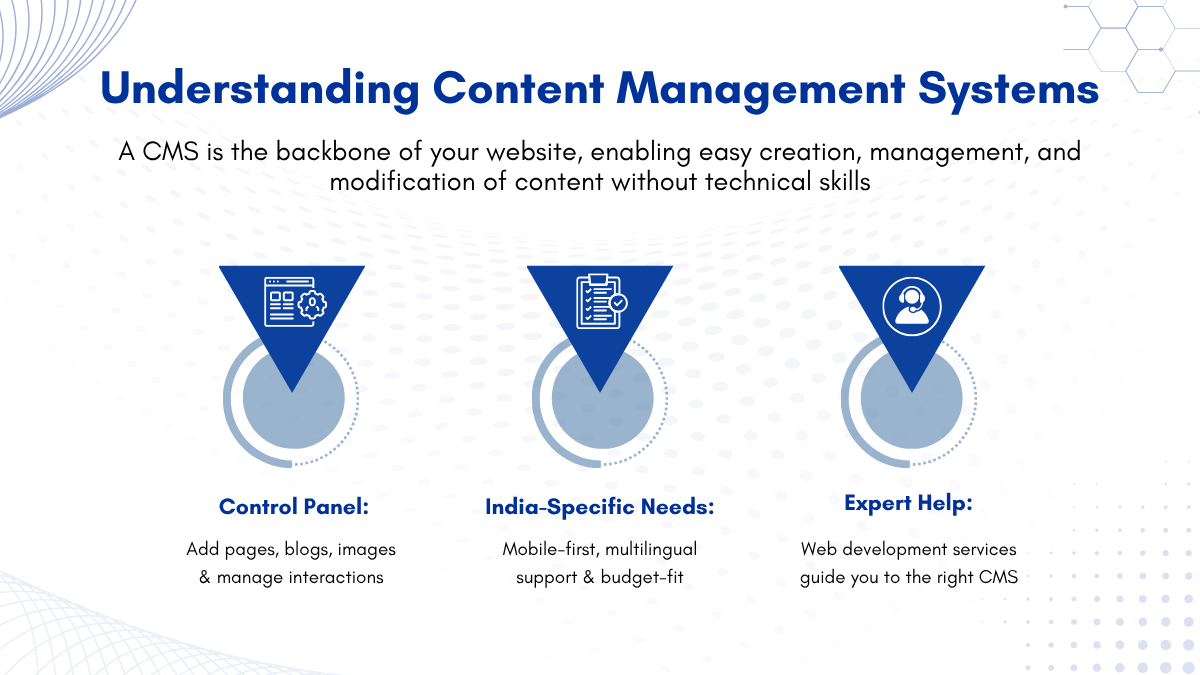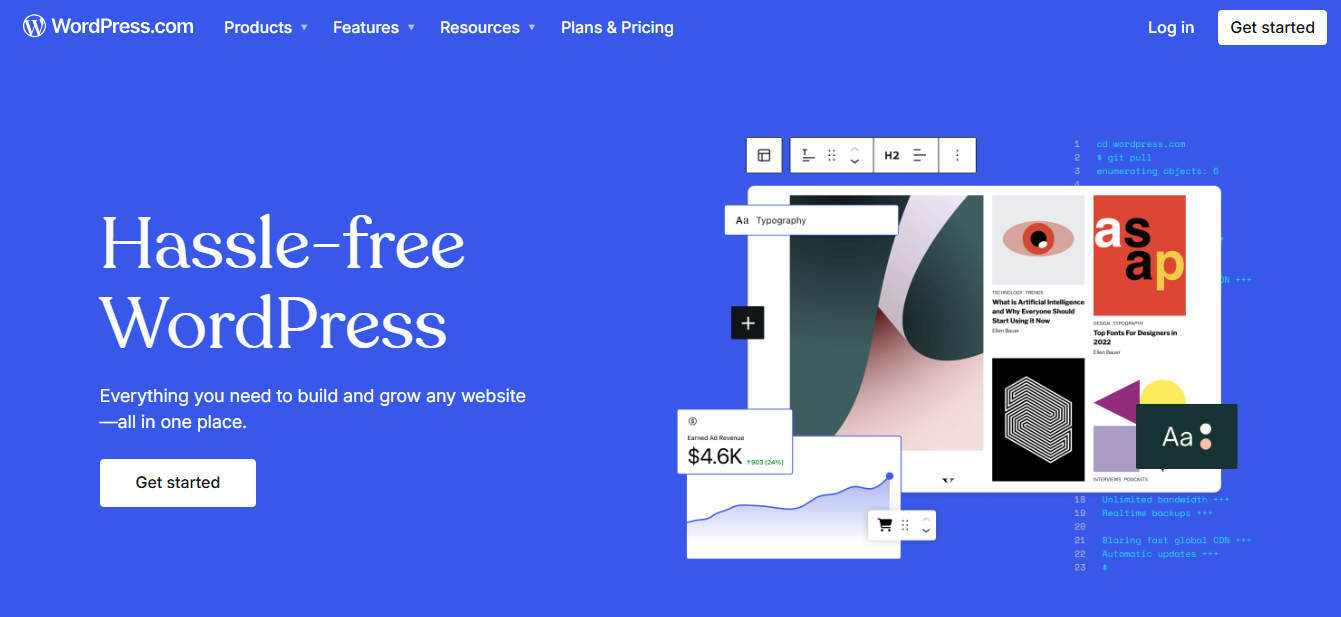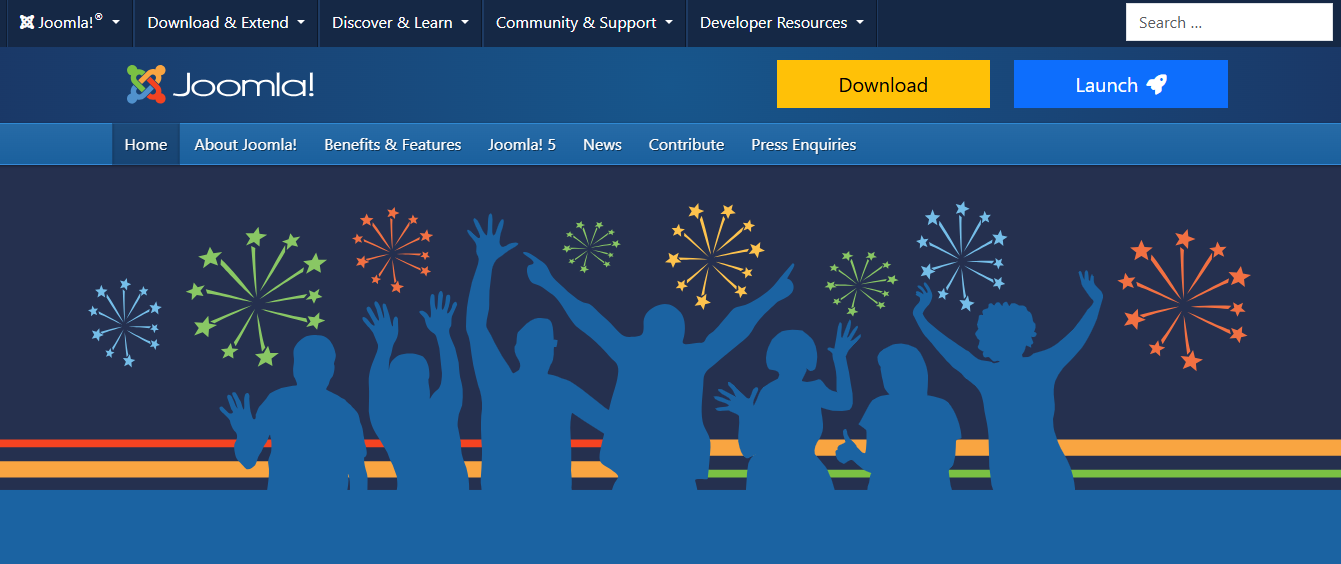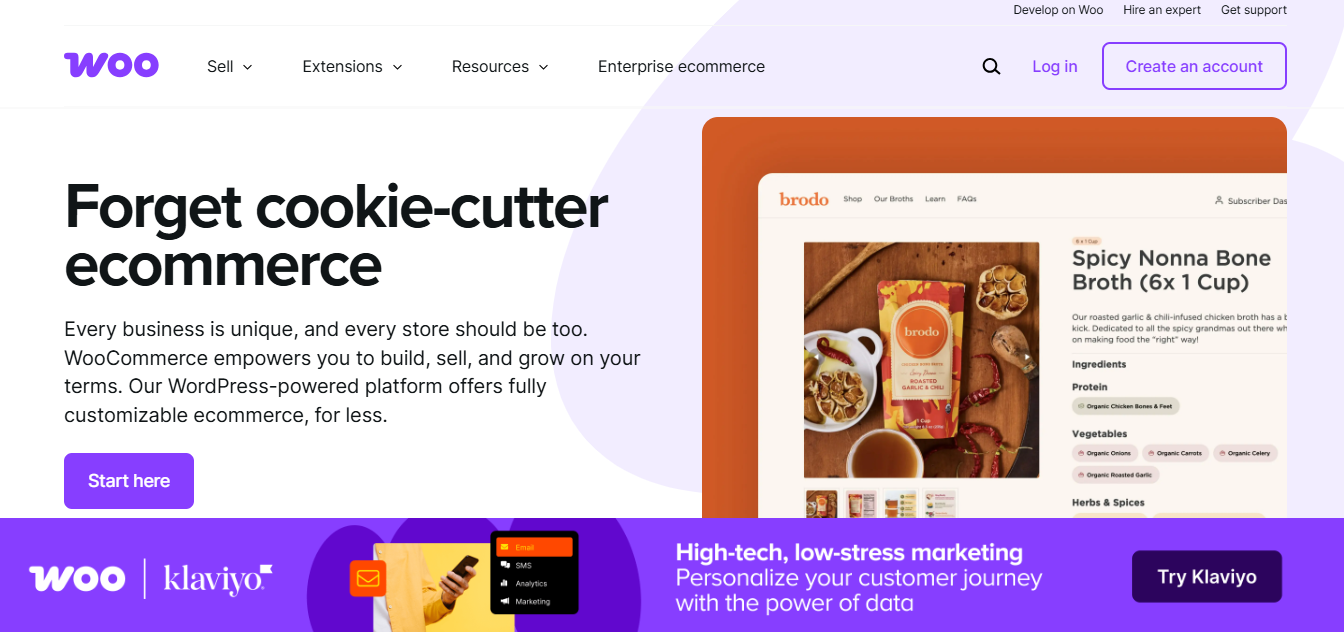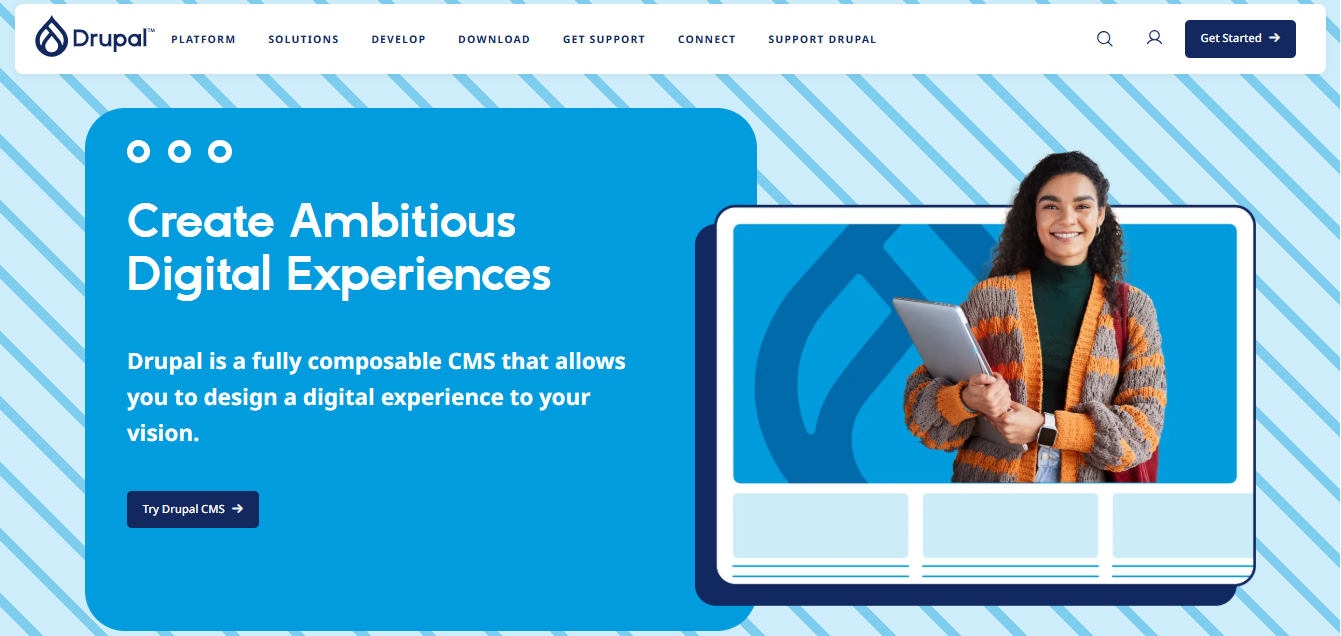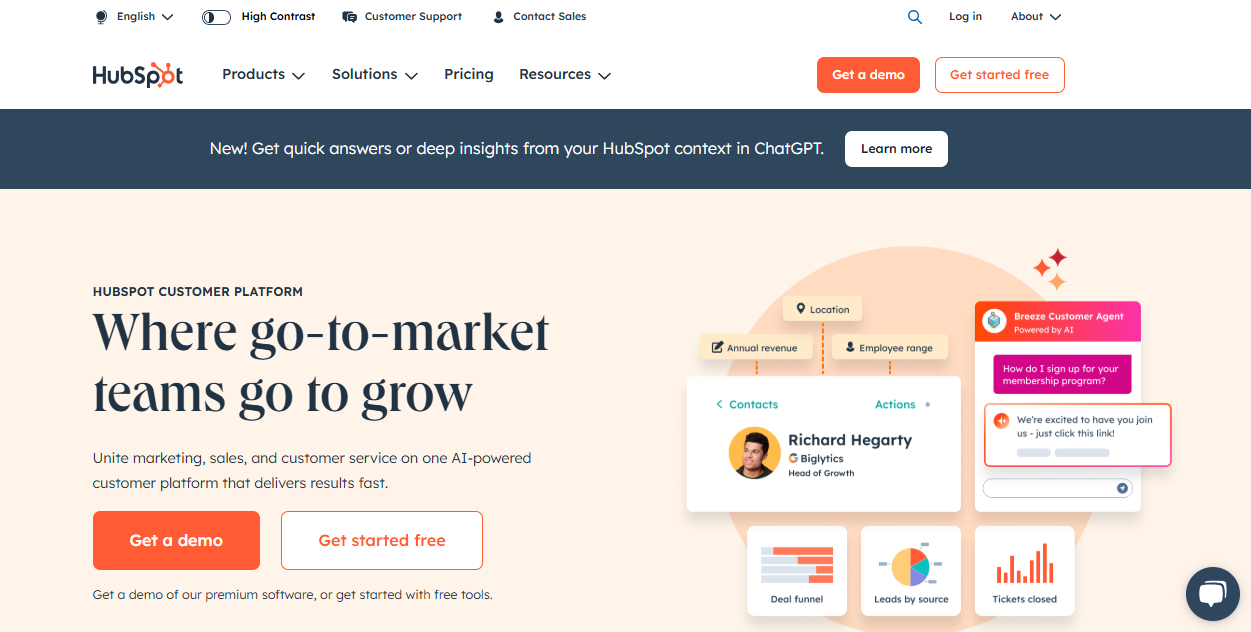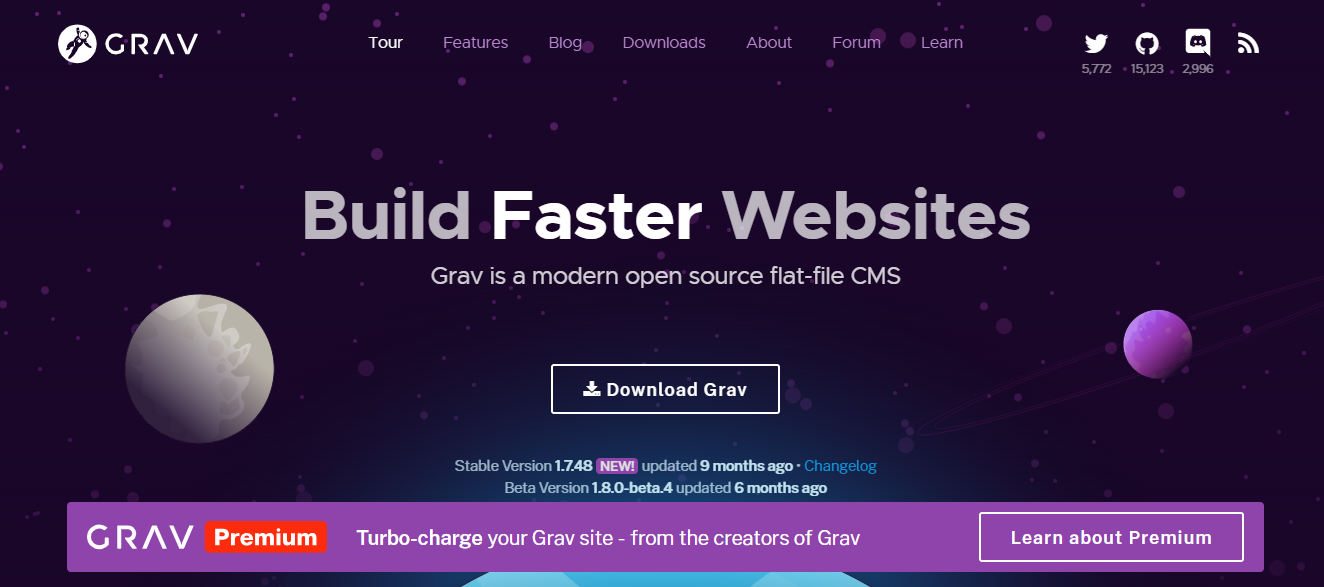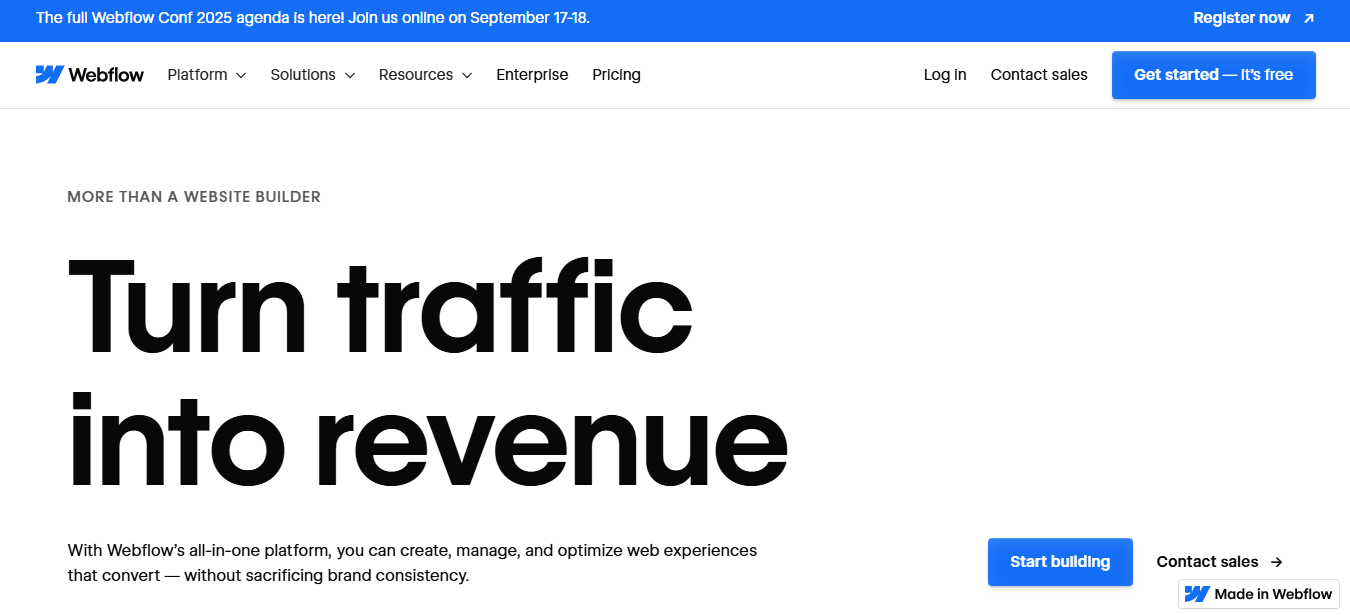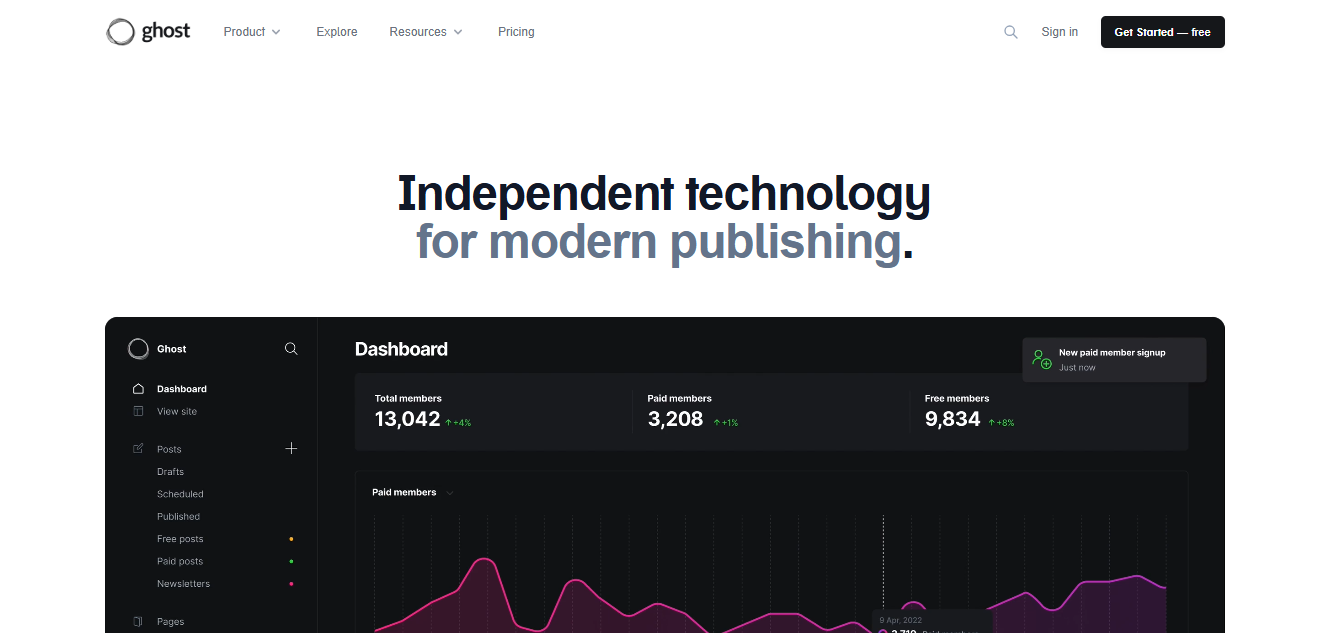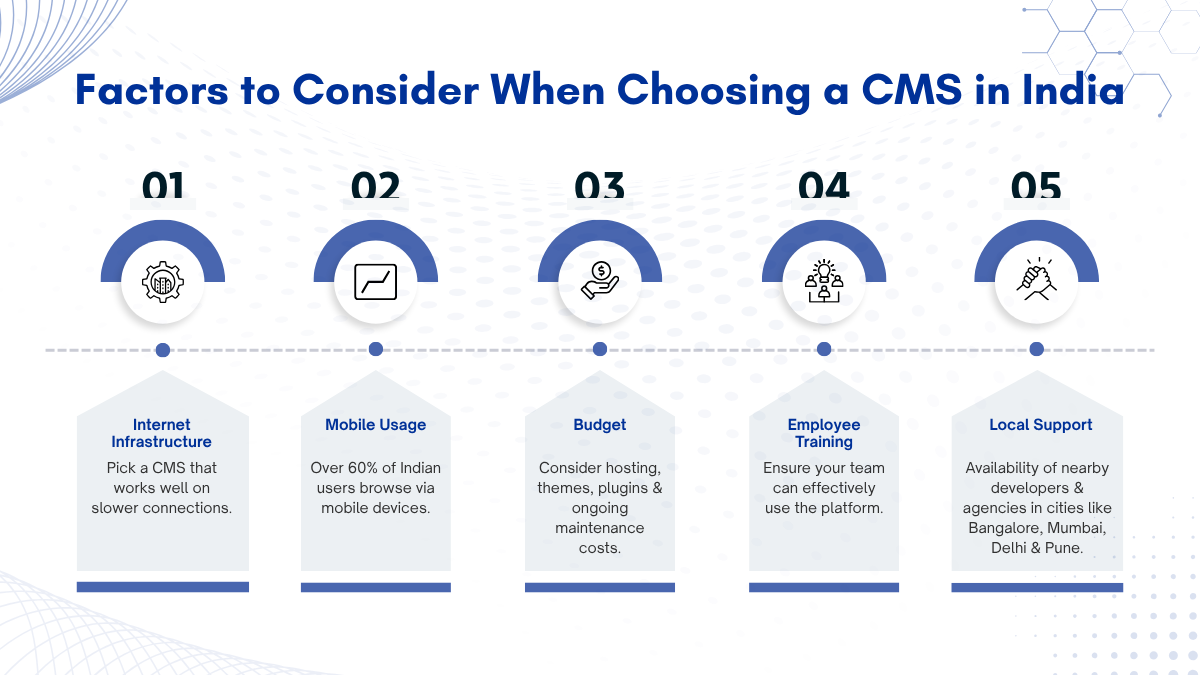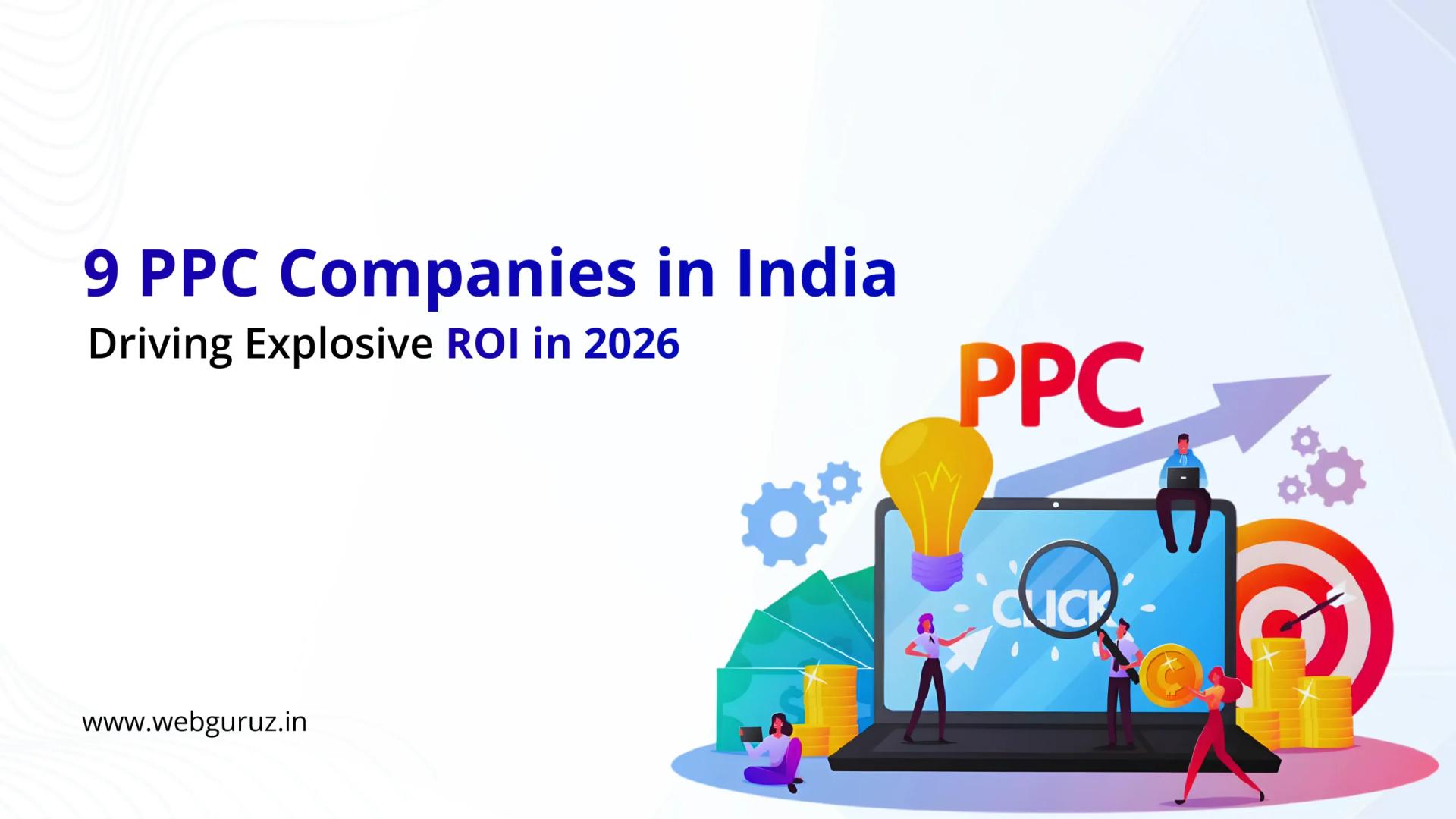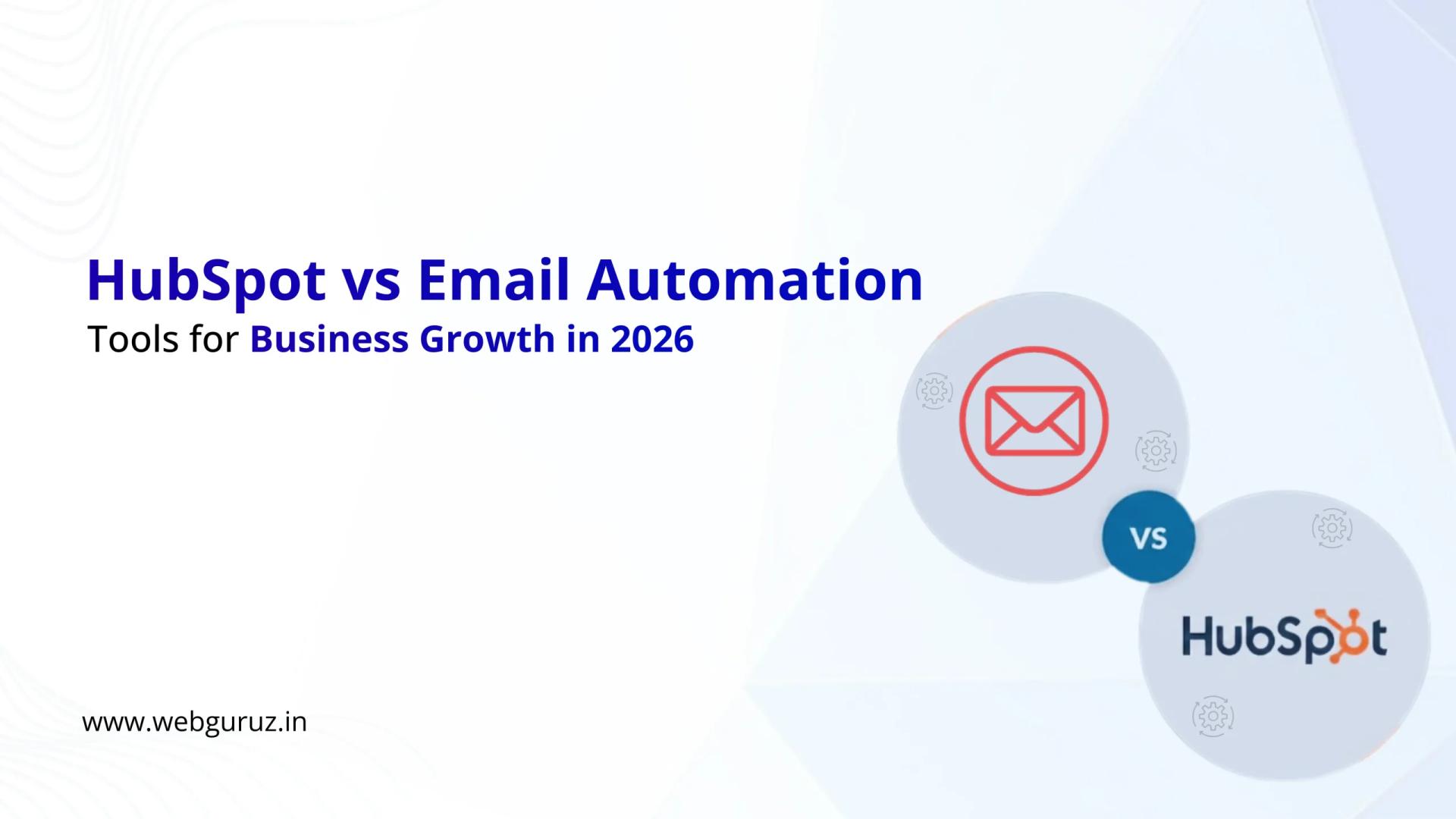| WordPress |
Small to large businesses, blogs, e‑commerce |
Free (hosting costs apply) |
60,000+ plugins, extensive themes, strong SEO |
| Joomla |
Medium businesses, complex sites |
Free (hosting costs apply) |
Built‑in multilingual, user management, security |
| WooCommerce |
E‑commerce businesses |
Free plugin (hosting costs apply) |
Complete online store, payment integration, inventory |
| Drupal |
Enterprise, government sites |
Free (hosting costs apply) |
Enterprise security, scalability, complex permissions |
| HubSpot |
Marketing‑focused businesses |
Freemium, paid plans start at $15/month |
Integrated marketing tools, analytics, CRM |
| Grav |
Tech‑savvy users, agencies |
Free (hosting costs apply) |
Flat‑file system, fast performance, developer‑friendly |
| Webflow |
Design agencies, custom sites |
Free Starter Plan, Paid plans start from $14/month |
Visual development, clean code, responsive design |
| Wix |
Small businesses, beginners |
Free (hosting starts from $17/month) |
Drag‑and‑drop, templates, all‑in‑one solution |
| Squarespace |
Creative professionals, portfolios |
Free 14 days, plans starting at $16/month |
Beautiful templates, integrated tools, mobile‑first |
| Ghost |
Bloggers, publishers, content sites |
Plans starting from $9/month |
Fast publishing, membership features, clean interface |







